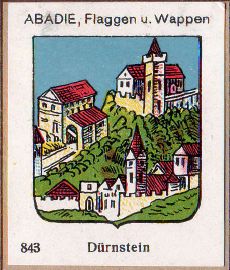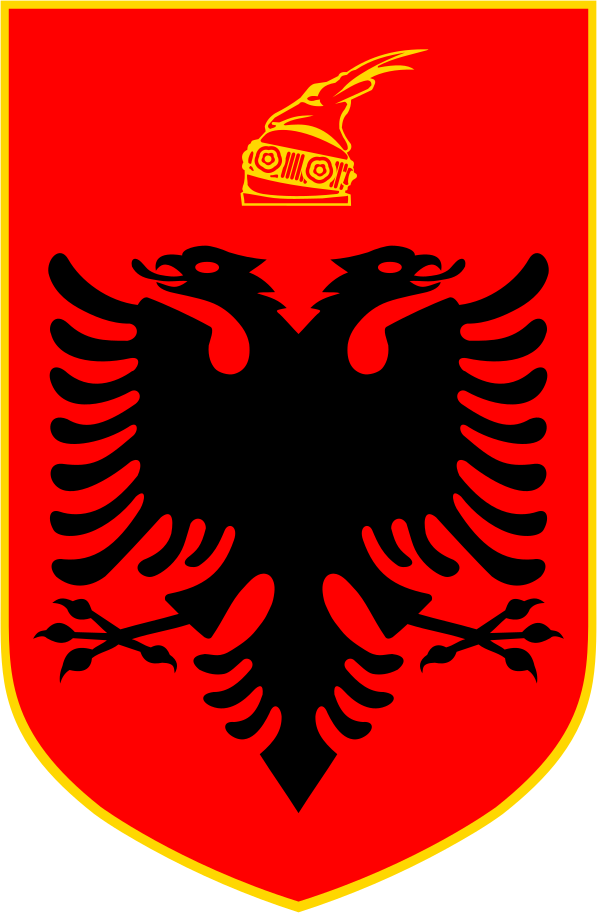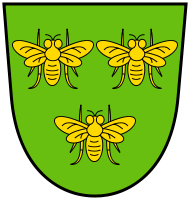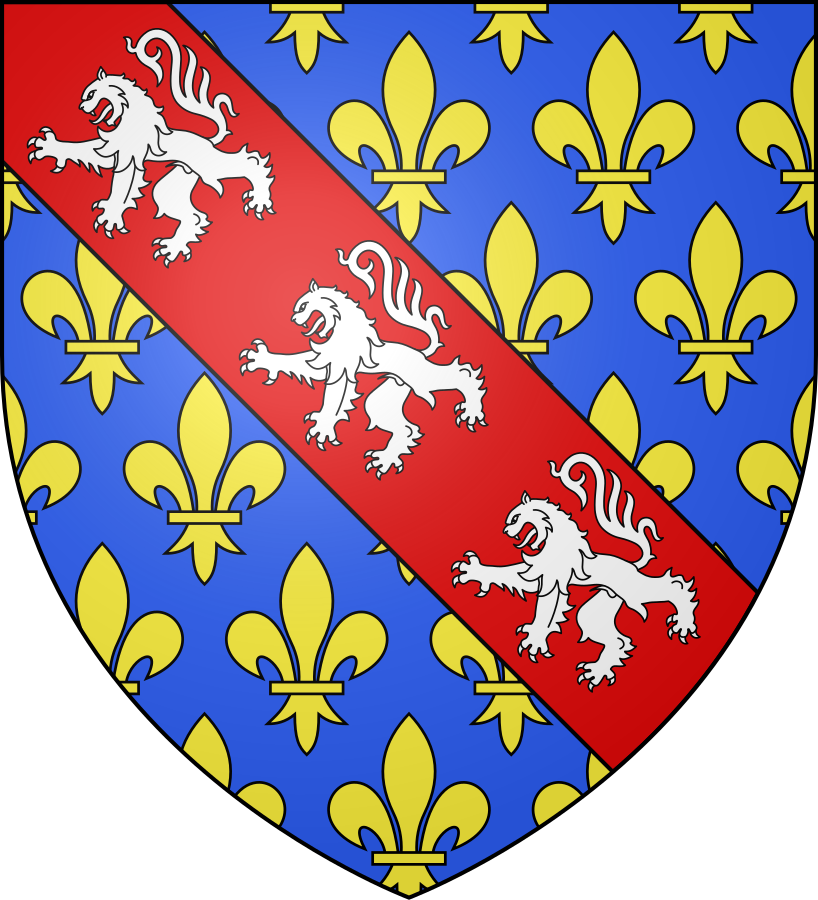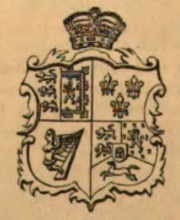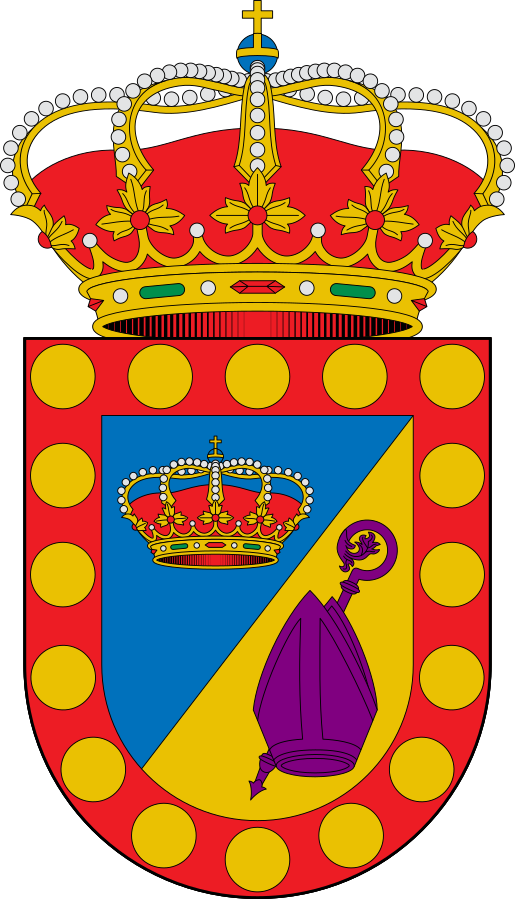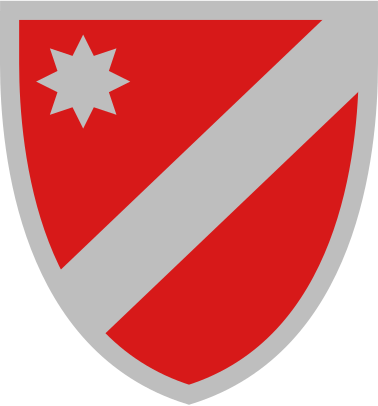Today is the feast day of St. Andrew, or Andrew the Apostle. Christianity holds that Andrew was one of the first two apostles called to accompany Jesus Christ, along with his brother Peter. There’s a lot going on with St. Andrew – from his origin as a fisherman, to his later adventures in Eastern Europe, including the idea that he founded the See of Byzantium, which would eventually evolve into the primary patriarchate of the Eastern Orthodox Church – but, as is pretty common with saints, I want to focus on his death. That’s where things start getting heraldically significant.
The various early accounts of Andrew’s martyrdom all pretty much agree that he was crucified at the Greek city of Patras in roughly 62 CE. As with all hagiographies, there’s not a lot of proof that any of this actually happened, or happened in this particular way, but in this case, it’s the story that’s important. Actual details of the crucifixion are sketchy, but the Acts of Andrew has him bound to a cross, the better to extend his suffering.
However, starting in the 10th century, some depictions of St. Andrew’s martyrdom showed him crucified on a crux decussata (“cross shaped like ten,” i.e. X) or saltire. I can’t find a good or substantiated reason for the shift, but the detail of the saltire became much more popular during the Middle Ages and was solidified into Christian mythology by the 17th century. Some claim that Andrew asked to be crucified in this way because he was not worthy to die in the same way as Jesus Christ, but that particular explanation is also strongly associated with the Cross of St. Peter starting in 200 AD. Maybe it just ran in the family.
The association between St. Andrew and the saltire was well-known enough for the Parliament of Scotland to refer to “St. Andrew’s cross” in 1385. Occasionally, heraldic references from the Middle Ages will use the two terms synonymously to refer to, say, a St. Andrew’s cross gules. The most common, though, and what “St. Andrew’s cross” typically refers to today, is azure a saltire argent. The legend there is that in 832, Óengus II of Scotland prayed for help in battle against the Saxons. When he concluded his prayers and looked up, he saw the white clouds forming a saltire against the blue sky. Taking this as a sign, he pledged to make Andrew the patron saint of Scotland if he won, which he did. (You’ll probably notice the slight anachronism, but, well, legends.)
The white saltire for Scotland has been in use since at least the prior mention of 1385, and the argent-and-azure combination seems to have been well established by 1542. (A 13th-century seal of the Guardians of Scotland depicts Andrew’s off-kilter crucifixion.) Its use has been consistent ever since, including its incorporation into the Union Flag by order of James VI/I in 1606.
The saltire also shows up in another national coat of arms due to its connection to St. Andrew – that of Barbados. The crest is “an arm of a Barbadian palewise, in its fist two stalks of sugarcane in saltire proper,” and the saltire is a deliberate reference to both the nation’s patron saint and its achievement of independence 53 years ago today.
